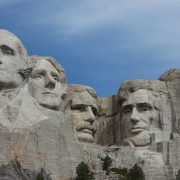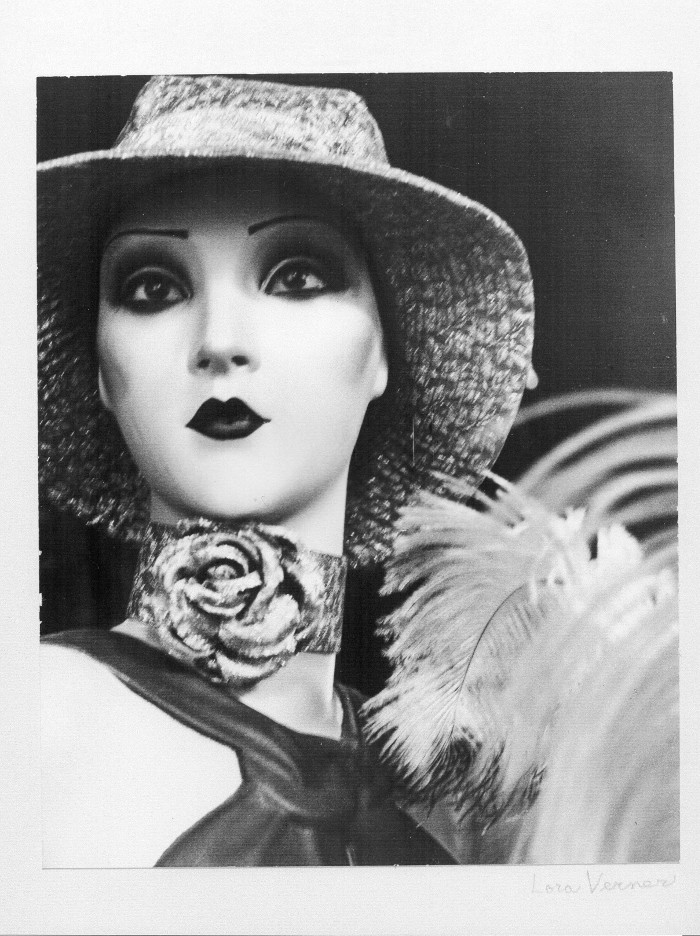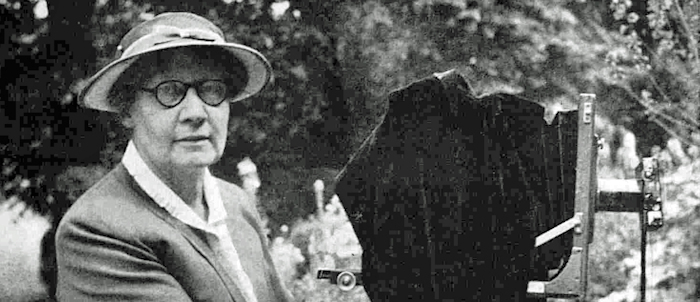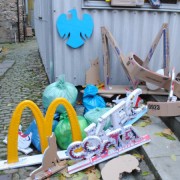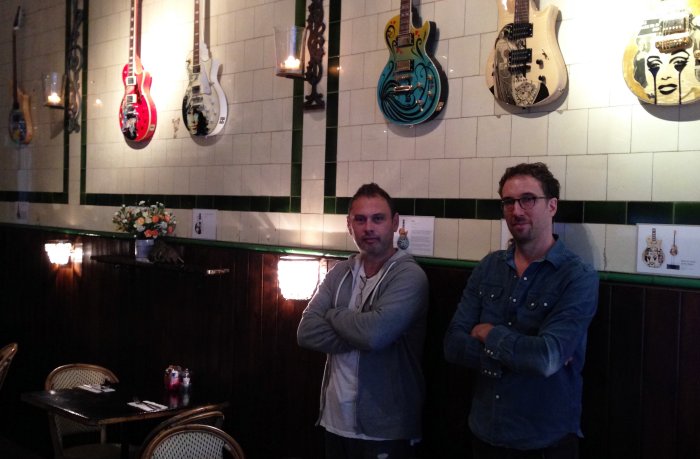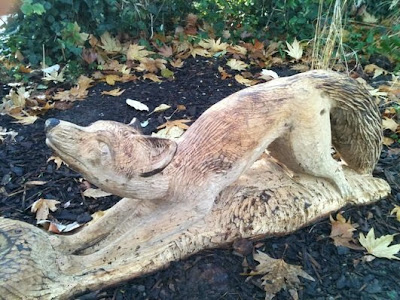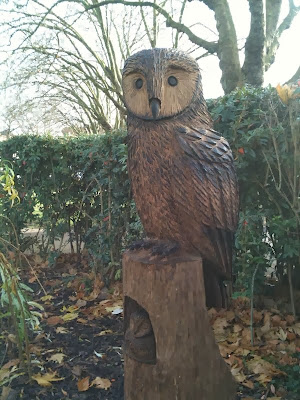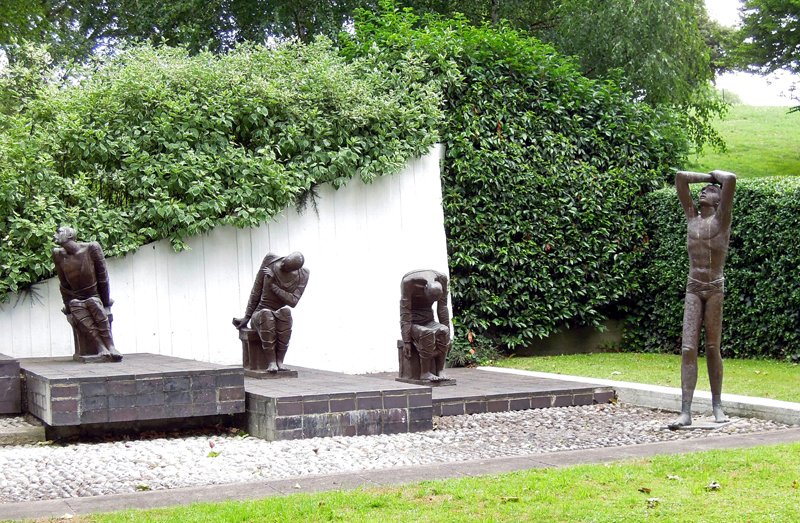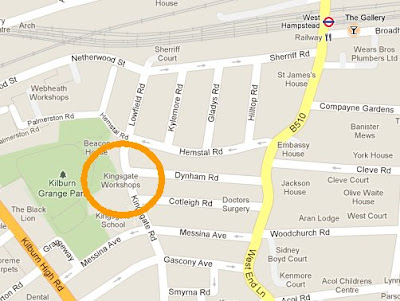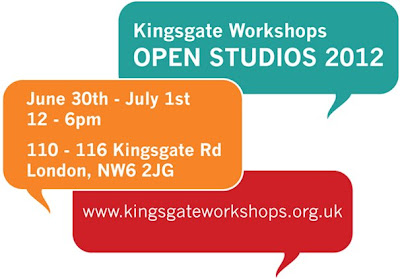The artist and the punks of West Hampstead
In April 1977, Tony Drayton moved to London from Cumbernauld, a new town in Scotland between Glasgow and Edinburgh. From 1976 to 1979, Tony was the editor of the early punk zine, Ripped and Torn. He lived in London, Paris, and Amsterdam and had a very varied career, including fire eating. In the summer of 1978, his sister Val joined him in London. After living in several squats, in the autumn of 1979 they met some punks in West Hampstead. One was Adam Ant’s (Stuart Goddard) ex-wife Eve (Carol Mills) and one was Kevin Mooney, a bassist who later joined Adam and the Ants. They let Tony and Val move into an empty flat at 33 Sherriff Road, a house run by the West Hampstead Housing Association (WHHA).
Also sharing the house were Andi, the singer, and Ross, the bass player, of Australian band The Urban Guerrillas, and Dave Roberts, later a member of the band Sex Gang Child. There were more: Leigh Kendall, Andy Groome and Malcolm Baxter, who were members of The Last Words, another Australian punk band. They earned £6 a day by delivering leaflets and Tony said they spent most of it drinking in the nearby pub, The Railway, or listening to the punk bands at the Moonlight Club which was run at the pub by Dave Kitson from October 1979 until 1993.

Brett and Val on Westbere Road c1981
Tony began to edit a new punk zine and the first edition was produced for Adam and the Ants’ 1980 New Years Day gig at the Electric Ballroom in Camden. The run of 500 copies sold out on the night and had to be reprinted. Tony and his friends, who called themselves the Puppy Collective, produced six issues up to 1983. Tony also wrote articles for the Record Mirror, New Musical Express, and Zigzag. In the summer of 1980, Tony and Val moved to another WHHA house at 39 Westbere Road. Artist Jo Brocklehurst lived in the same street and saw them as they passed by her home. She thought they looked fantastic and invited them to her studio where she made wonderful pictures of them.

Tony Drayton, fire eating c1986 (Tony Drayton archive)
Jo Brocklehurst moved into 12 Westbere Road in the 1960s and stayed there until her death on 29 January 2006. She was born Josephine Blanche Brocklehurst in Lambeth in 1935. She was a very good athlete, and in the 1950s she competed for the Selsonia Ladies Athletic Club in the shotput and discus.
A precocious talent, Jo first entered St Martin’s School of Art shortly before her 14th birthday, on a junior art scheme. Having left the school at 18, she was a regular visitor to the costume life classes in the fashion department. From the late 1990s, Howard Tangye, then St Martin’s head of women’s wear and a close friend, invited Jo be a visiting lecturer to work with his students.
In the 1960s, Jo sketched jazz musicians such as George Melly, and worked in commercial fashion before becoming swept up in the punk scene. She is best known for her paintings of the early 1980s and her subjects included the punks in West Hampstead, The Blitz Kids, Siouxsie Sioux, Marc Almond, Philip Salon, Boy George, and, in Berlin, the dance company of Pina Bausch.
Her first one-woman show was in Amsterdam in 1979. Following her big breakthrough at the ICA’s Women’s Images of Men show the following year, Jo had considerable success with her drawings, showing twice at the Francis Kyle Gallery in London in 1981 and 1982, and later at Leo Castelli in New York and the Connecticut State University Gallery.
In 1994 the V&A (which holds a collection of her work), showed a series of her figure drawings in Street Style. Brocklehurst began to spend more time in Europe, especially in Amsterdam and Berlin where she sketched in the clubs.
Her friend Isabelle Bricknall said, ‘She liked Berlin because it was very punk in a lot of ways; it was before the wall came down. There’s so little known about her here, but in Germany and Poland at the arts festivals, they all knew her. She played artist in residence – she’d be sketching on a daily basis for newspapers such as Berliner Zeitung, drawing different acts from theatre to art. She also made some very good friends in Berlin.’
Although sometimes compared to the Austrian painter Egon Schiele (1890-1918), Jo was an original and she drew people without the aggression of Schiele’s work. Jo was always drawing. She never minded being stuck on a bus for hours in traffic, as she always carried paper and pens. She drew places, situations and people. She enjoyed landscape, and would regularly cycle to Hampstead Heath.

Tony and Val at the Jo Brocklehurst Private View, 1980s
In her house in Westbere Road there were vibrant pictures of characters from Alice through the Looking Glass, each with more than a hint of the fetish club. She was fascinated by Charles Dodgson’s alternative persona as Lewis Carroll and called the work ‘Brocklehurst through the Looking Glass’.
Isabelle Bricknall met Jo through Colin Barnes, a lecturer at the Royal College of Arts, St Martins, and Nottingham Trent where Isabelle studied for her MA in fashion and textiles. Jo was a lecturer with Colin Barnes in fashion illustration.
Isabelle worked in the fashion industry with many top designers, such as Zandra Rhodes. She has been a fashion designer, textile designer, artist and model, working in many art different mediums including fabrics, glass, steel, film, and photography. This drew Jo and Isabelle together to create with each other’s art work. Starting with Isabelle modelling her own designs and Jo drawing them, to working on art exhibitions and other art projects, and helping Jo to archive her work. She and Jo visited clubs together and their creative relationship lasted until Jo’s death.
A retrospective exhibition of Jo Brocklehurst’s work, Nobodies and Somebodies, was shown at the House of Illustration, King’s Cross London from 3 February to 14 May 2017. It was co-curated by Isabelle Bricknall and Oliva Ahmed.
Acknowledgements:
We would particularly like to acknowledge the help of Tony and Val Drayton, and Isabelle Bricknall. Anna Bowman helped us with information about the WHHA.



